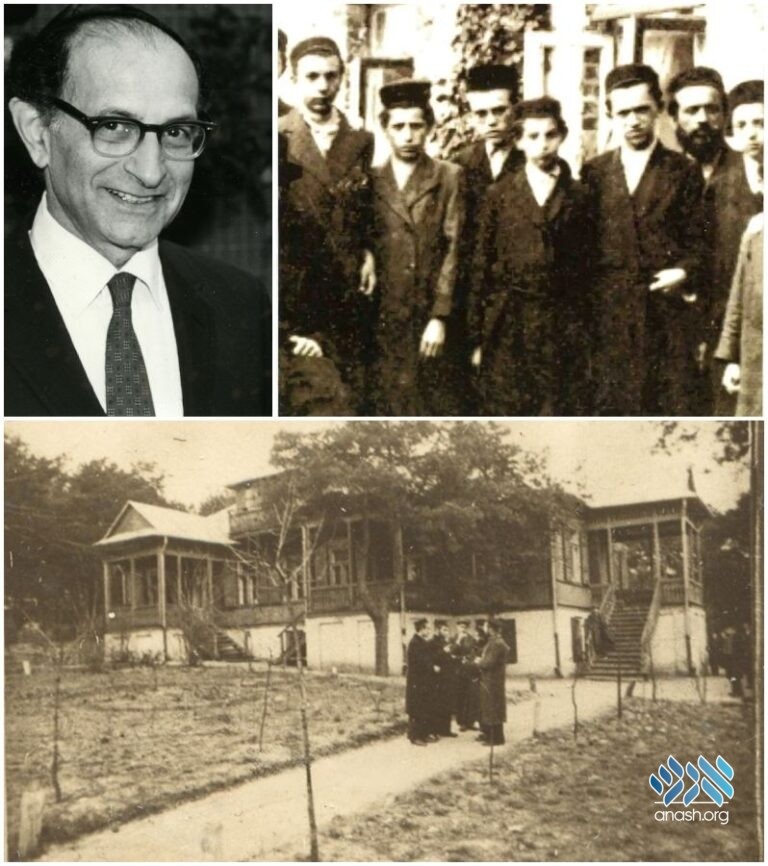י״ג תמוז ה׳תשפ״ד | July 18, 2024
A Visit to Otvotzk on Yud Beis Tammuz
In a unique account, Ben-Zion Zyserman-Gold, a Polish yeshiva bochur turned Conservative rabbi in America, describes his visit to the Frierdiker Rebbe’s Yud Beis Tammuz farbrengen 85 years ago in Otvotzk, Poland.

In a unique account, Ben-Zion Zyserman-Gold, a Polish yeshiva bochur turned Conservative rabbi in America, describes his visit to the Frierdiker Rebbe’s Yud Beis Tammuz farbrengen 85 years ago in Otvotzk, Poland.
By Anash.org staff
Before the Second World War, Ben-Zion Zyserman was a yeshivah bochur in Poland, where he met many of the Chassidishe rebbes. In the summer of 5699 (1939), Ben-Zion visited the Otvotzk home of the Frierdiker Rebbe, where he saw the Rebbe’s office, the farbrengen, and the process of chazara.
Although he mixed up some details – confusing Yud Beis Tammuz with the geulah of the Alter Rebbe – it is unlikely that he would confuse the season and the close timing to the outbreak of WWII. He describes at length the Rebbes he saw while learning in a mechina in Otvotzk, including Shavuos with the Kozhnitzer and Modzitzer rebbes who were vacationing in Otvotzk, and then his visit to Lubavitch for Yud Beis Tammuz.
Ben-Zion, like many Poilishe bochurim at that time, was impressed with the style of Chabad – “I had witnessed a new and far more complex, ordered, and demanding Hasidism than I had previously known” – but he did not maintain this connection due to the outbreak of the war. After surviving the Holocaust and moving to America, he became a Conservative rabbi, and changed his last name to Gold.
The passage below is an excerpt from his book The Life of Jews in Poland before the Holocaust: A Memoir by Ben-Zion Gold, published by University of Nebraska Press (Lincoln, NE), 2007. Thanks to Rabbi Shmuel Super for sharing this excerpt with us.
*
Lubavitch is an old Hasidic dynasty; it had a large following in Lithuania and Russia, but few if any adherents in central Poland. Shlomo Singer from my hometown was the first Lubavitch Hasid I knew. He was several years older than I. We never had a conversation, but I remember him for the way he prayed. Long after we had finished our prayers, Shlomo was still standing motionless, not even swaying, his eyes closed, completely absorbed in his prayers. That was my introduction to Lubavitch Hasidism. While I was in Otwock, I decided to visit the court of the Lubavitcher on “Yob Tamuz,” the twelfth day of Tamuz, which celebrates the release of Reb Shneur Zalman, the founder of their dynasty, from a czarist prison in the summer of 1810.
Everything about the Lubavitch court—the rebbe, his Hasidim, the quarters, even the furniture—was different from what I had seen at other Hasidic courts in Poland. The rebbe lived in a beautiful villa in the woods. First, I examined the grounds and peeked into the windows. The books in the rebbe’s library were beautifully bound and neatly stacked on the shelves. Inside the villa, I saw for the first time roll-top desks that were used by his male secretaries. In the early afternoon, two men in Western dress stood reciting the silent prayer of mincha. They didn’t sway like Hasidim; they just stood rapt in prayer much longer than what I was accustomed to.
The celebration took place in a large room in which the table was set with wines, soft drinks, and baked goods, elegantly displayed. The people seated at the table were all distinguished rabbis and Hasidim; the rest stood around them, several people deep. I made my way to a place opposite the rebbe and riveted my eyes on him. Because he had suffered a mild stroke it was difficult to hear him, but his facial expressions were so vivid that they made his speech comprehensible.
During his discourse, several students from his yeshiva stood behind his chair serving as recorders. They listened intently, and after a while, they left and were replaced by another group. Outside they dictated verbatim to the copiers what the rebbe had said. By the time the discourse was finished, copies of it were already hectographed and available to the Hasidim.
I left feeling that I had witnessed a new and far more complex, ordered, and demanding Hasidism than I had previously known. I have no way of knowing how this experience might have affected me, because within a few months we were living under German occupation.



Interesting account, however, there is one mistake in the article. The word ‘rabbi’ is not appropriate for someone who calls himself ‘Conservative’. The Conservative movement does not accept that the Torah is Divinely-given and it’s laws cannot be abrogated.
Very interesting article, altho a conservative rabbi does not mean that he is not a shomer Torah and mitzvot. The Rebbe himself had yechidus with many conservatives rabbis and never removed their title.